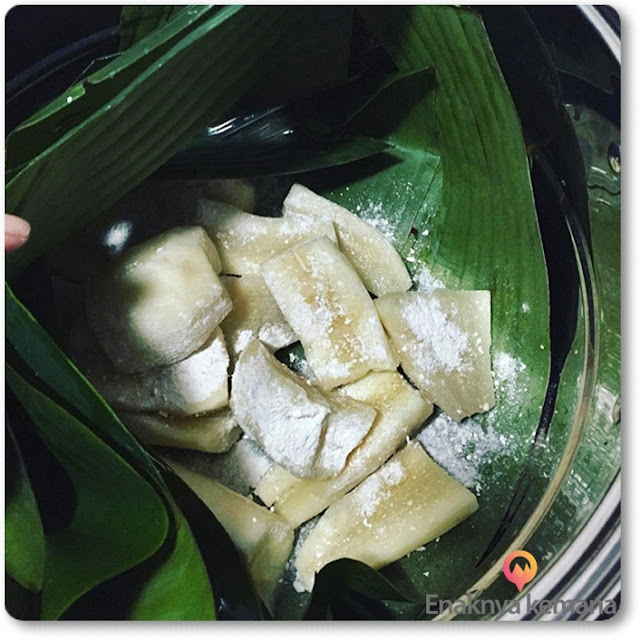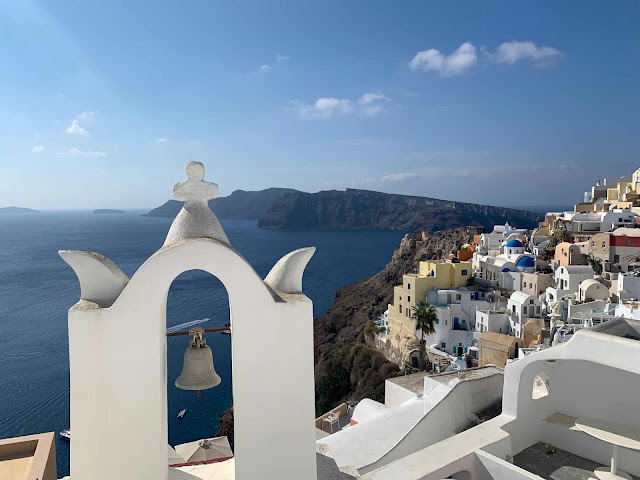The Komodo Dragon: Discovering the World's Largest Lizard
The Komodo Dragon, also known as the Komodo Monitor, is the largest living lizard on earth. It's a fascinating creature that has captured the attention of scientists and animal enthusiasts alike for years. Found only in a few small islands in Indonesia, the Komodo Dragon is a unique and elusive species. In this article, we'll explore the world of the Komodo Dragon, from its habitat and behavior to its diet and breeding habits. Join us as we delve into the intriguing world of the Komodo Dragon.
The Habitat of the Komodo Dragon
The Komodo Dragon is native to the islands of Komodo, Rinca, Flores, Gili Motang, and Padar in Indonesia. These islands are part of the Lesser Sunda chain of islands in the Indonesian archipelago. The habitat of the Komodo Dragon is varied and includes tropical forests, savannas, and grasslands. The islands are also home to a diverse range of other species, including birds, snakes, and mammals.
Behavior of the Komodo Dragon
The Komodo Dragon is a solitary and territorial animal. It spends most of its time basking in the sun, hunting, and defending its territory. The Komodo Dragon is also a powerful swimmer and has been known to swim between islands in search of food and territory.
The Komodo Dragon is a diurnal animal, which means it's most active during the day. It has excellent eyesight and can detect movement from a great distance. Despite their size, Komodo Dragons are also fast runners, capable of reaching speeds of up to 20 miles per hour.
Diet of the Komodo Dragon
The Komodo Dragon is a carnivorous animal and feeds on a variety of prey, including mammals, birds, and reptiles. It's known for its deadly bite, which can deliver venom and bacteria to its prey. The Komodo Dragon's saliva contains more than 50 different strains of bacteria, which can cause sepsis in its prey. Once bitten, the prey will usually succumb to the infection within a few days.
The Komodo Dragon is also an opportunistic hunter and will scavenge on carrion when food is scarce. They have been known to eat their own young as well, which is an unusual behavior for a reptile.
Breeding Habits of the Komodo Dragon
The Komodo Dragon is a sexually dimorphic species, which means males and females have different physical characteristics. Males are larger and more muscular than females, with larger heads and longer tails.
Breeding season for the Komodo Dragon occurs between May and August. During this time, males will fight over females, and the winner will mate with multiple partners. Females will lay their eggs in September, and the hatchlings will emerge from the eggs in April or May.
FAQs:
Q: Are Komodo Dragons dangerous to humans?
A: Komodo Dragons are apex predators and can be dangerous to humans. While they are not known to actively hunt humans, they have been known to attack when threatened or provoked.
Q: How big do Komodo Dragons get?
A: Komodo Dragons can grow up to 10 feet long and weigh up to 300 pounds.
Q: Are Komodo Dragons endangered?
A: Yes, the Komodo Dragon is considered a vulnerable species by the International Union for Conservation of Nature (IUCN). The population of Komodo Dragons is declining due to habitat loss and poaching.
Conclusion:
The Komodo Dragon is a fascinating and unique creature that has captured the attention of people around the world. Its size, deadly bite, and unusual behavior have made it a popular subject of study for scientists and a must-see attraction for tourists visiting Indonesia.
While the Komodo Dragon may be a formidable predator, it's important to remember that it's also a vulnerable species that is at risk of extinction. Habitat loss and poaching are the biggest threats to the Komodo Dragon's survival, and it's up to us to do our part to protect this incredible creature.
By learning more about the Komodo Dragon and its role in the ecosystem, we can appreciate the importance of preserving its habitat and conserving its population for generations to come. So, let's continue to explore and appreciate the wonders of the natural world, including the amazing Komodo Dragon.





.png)

